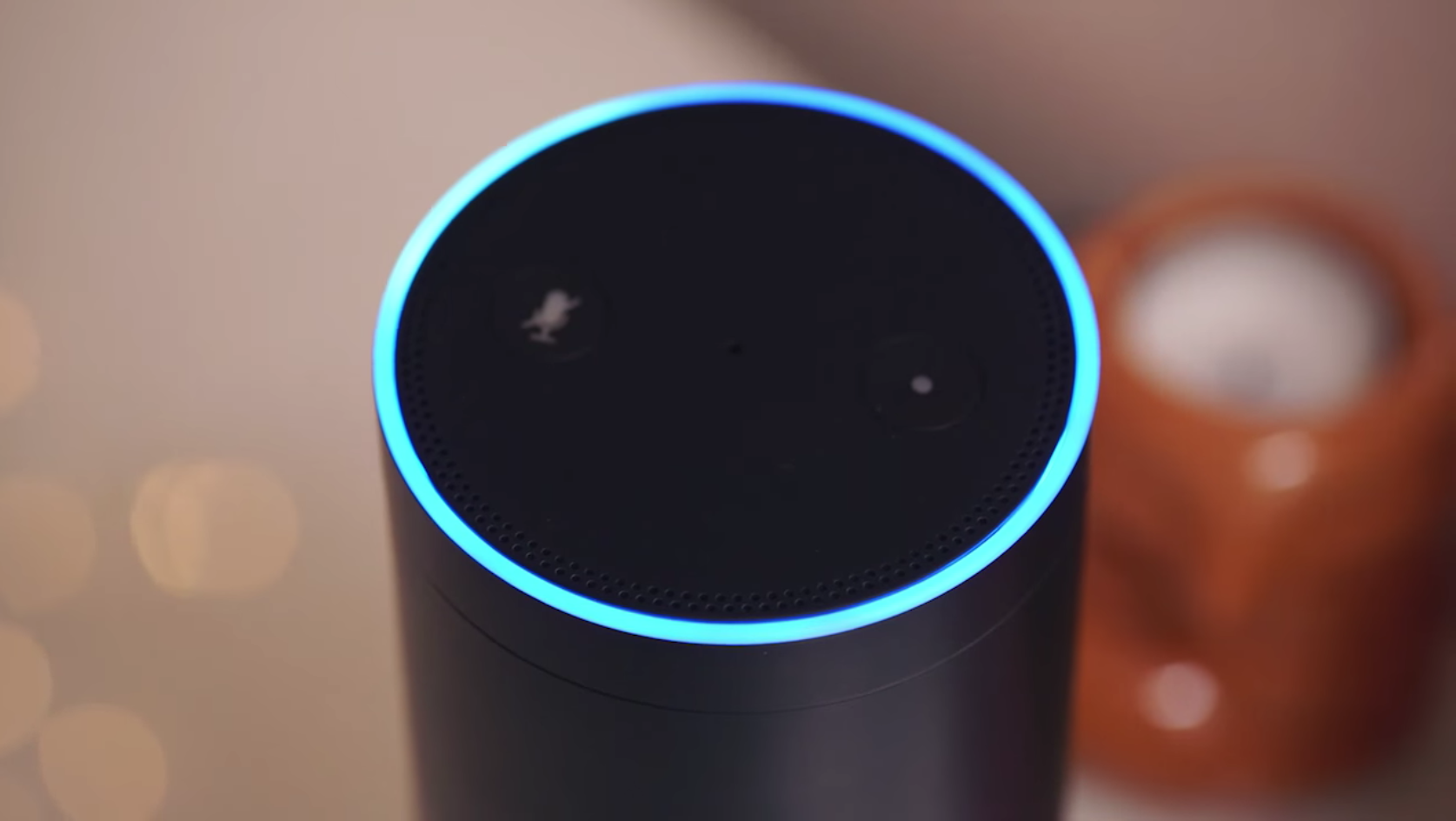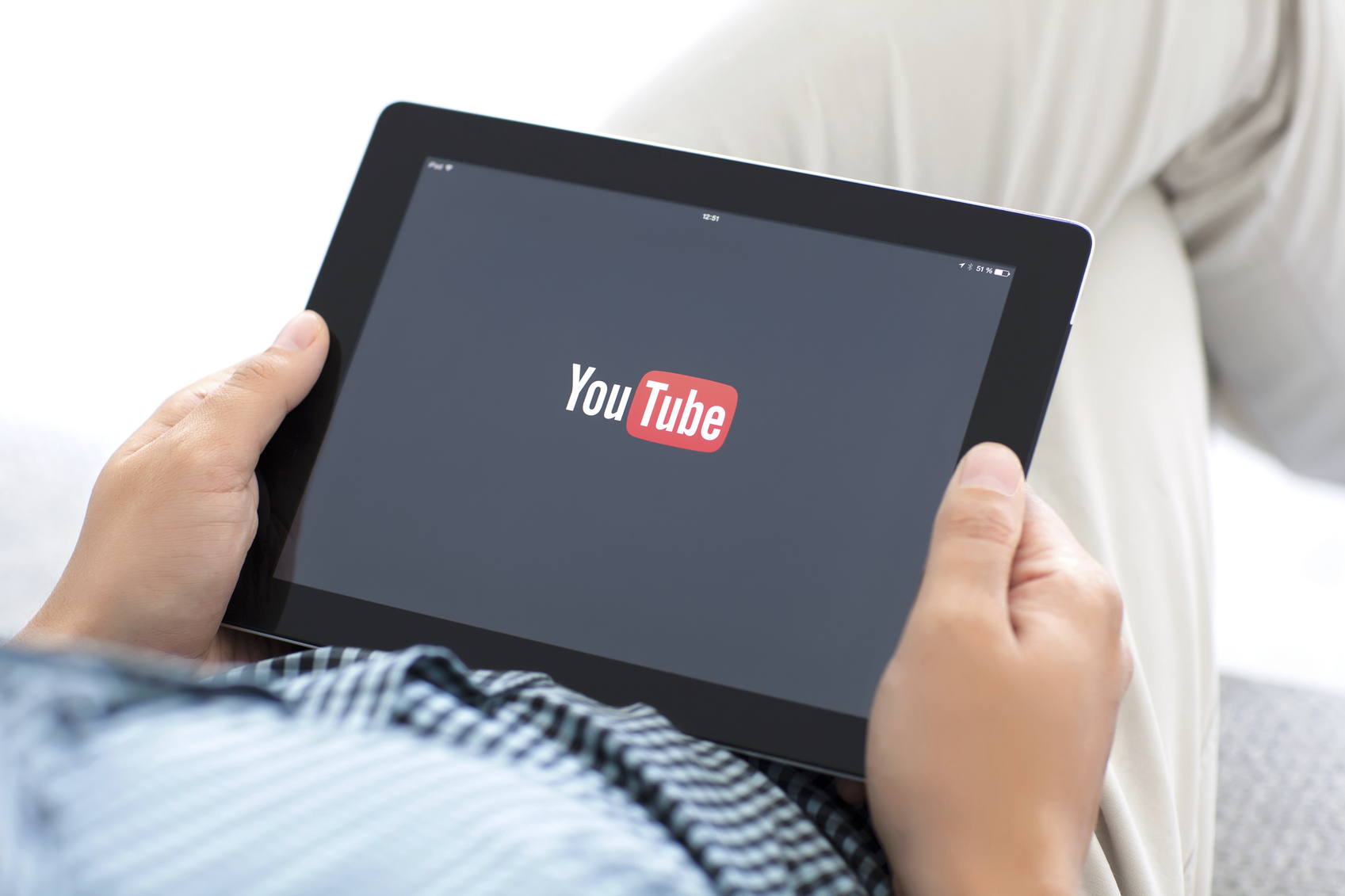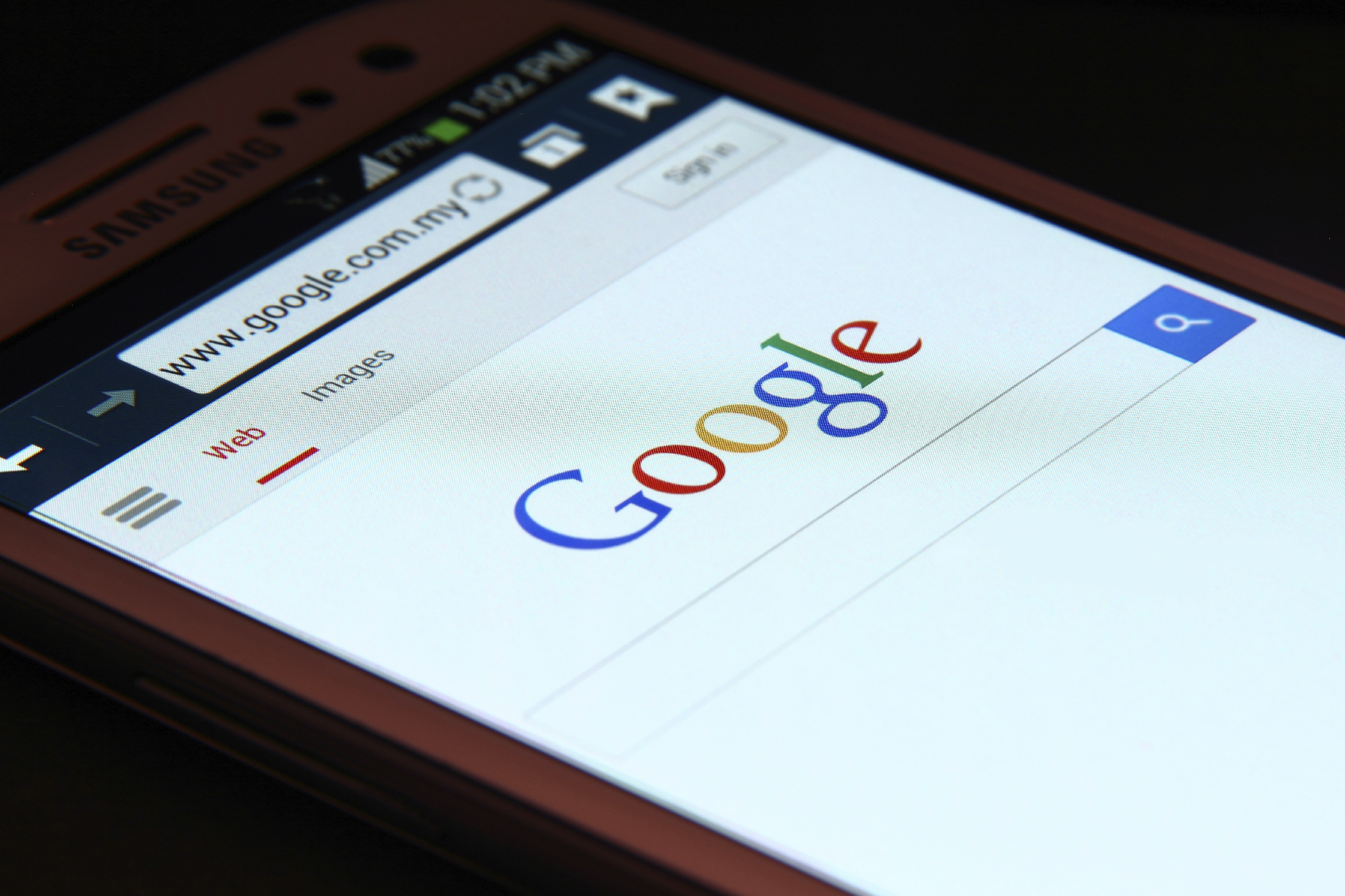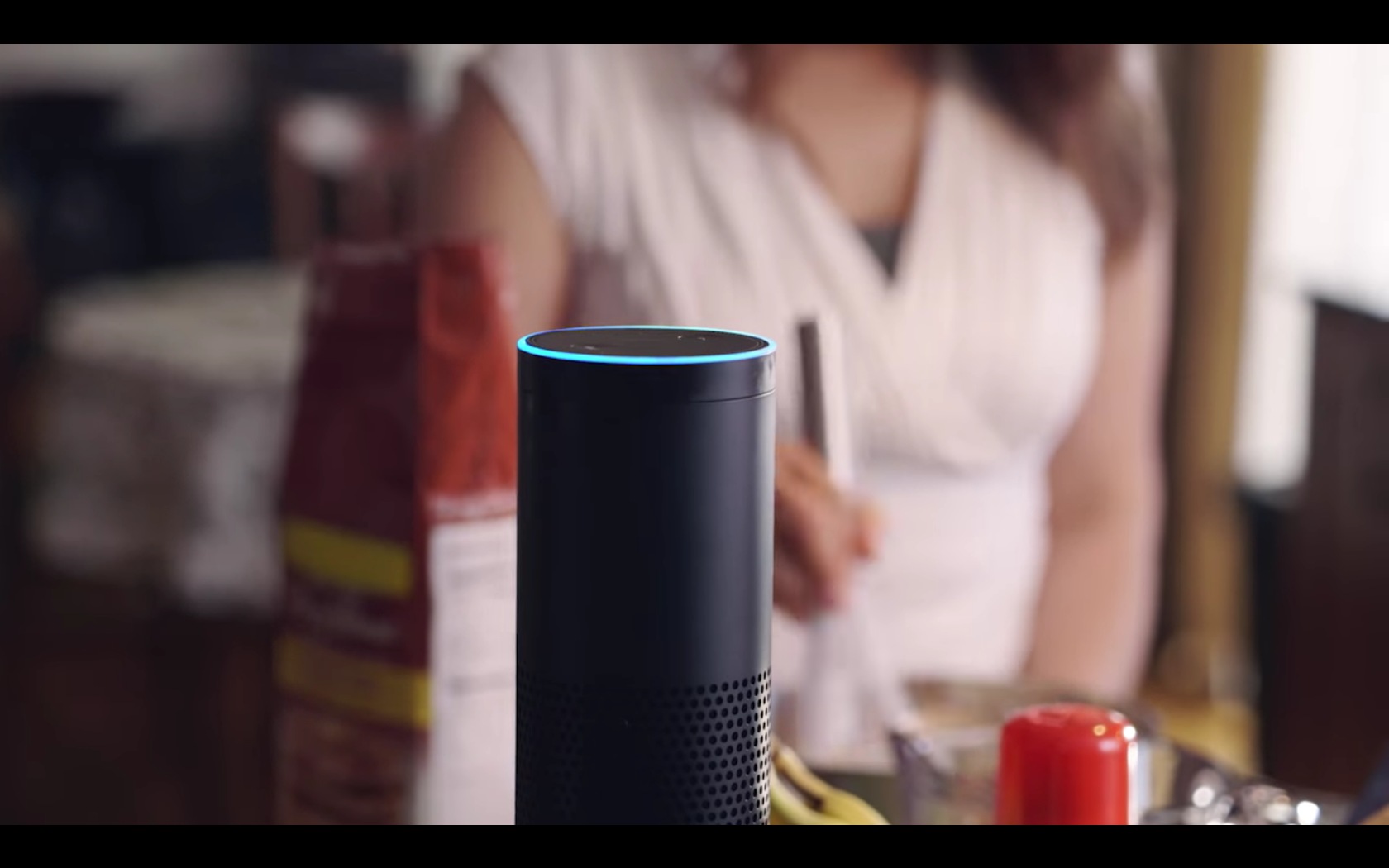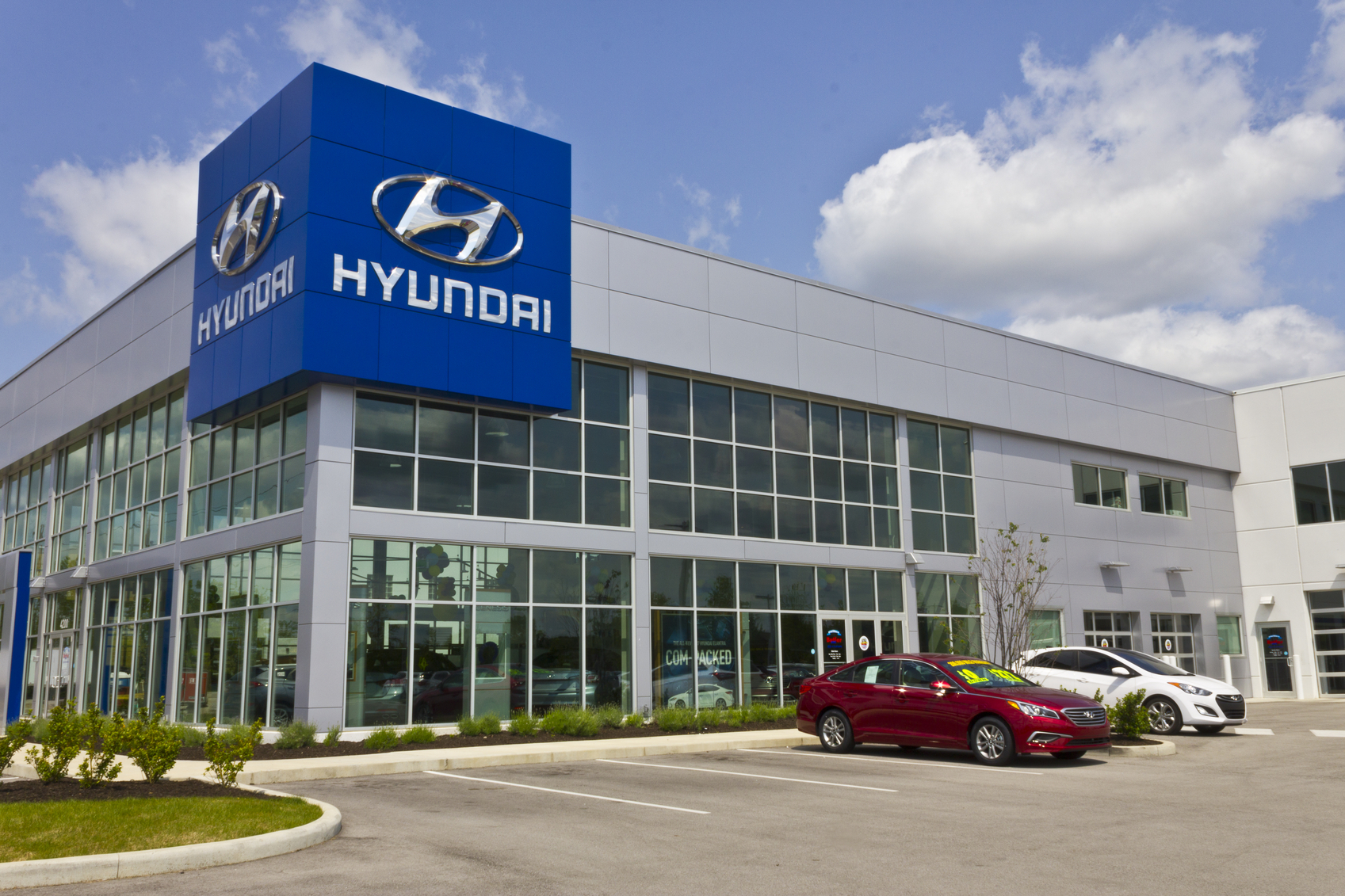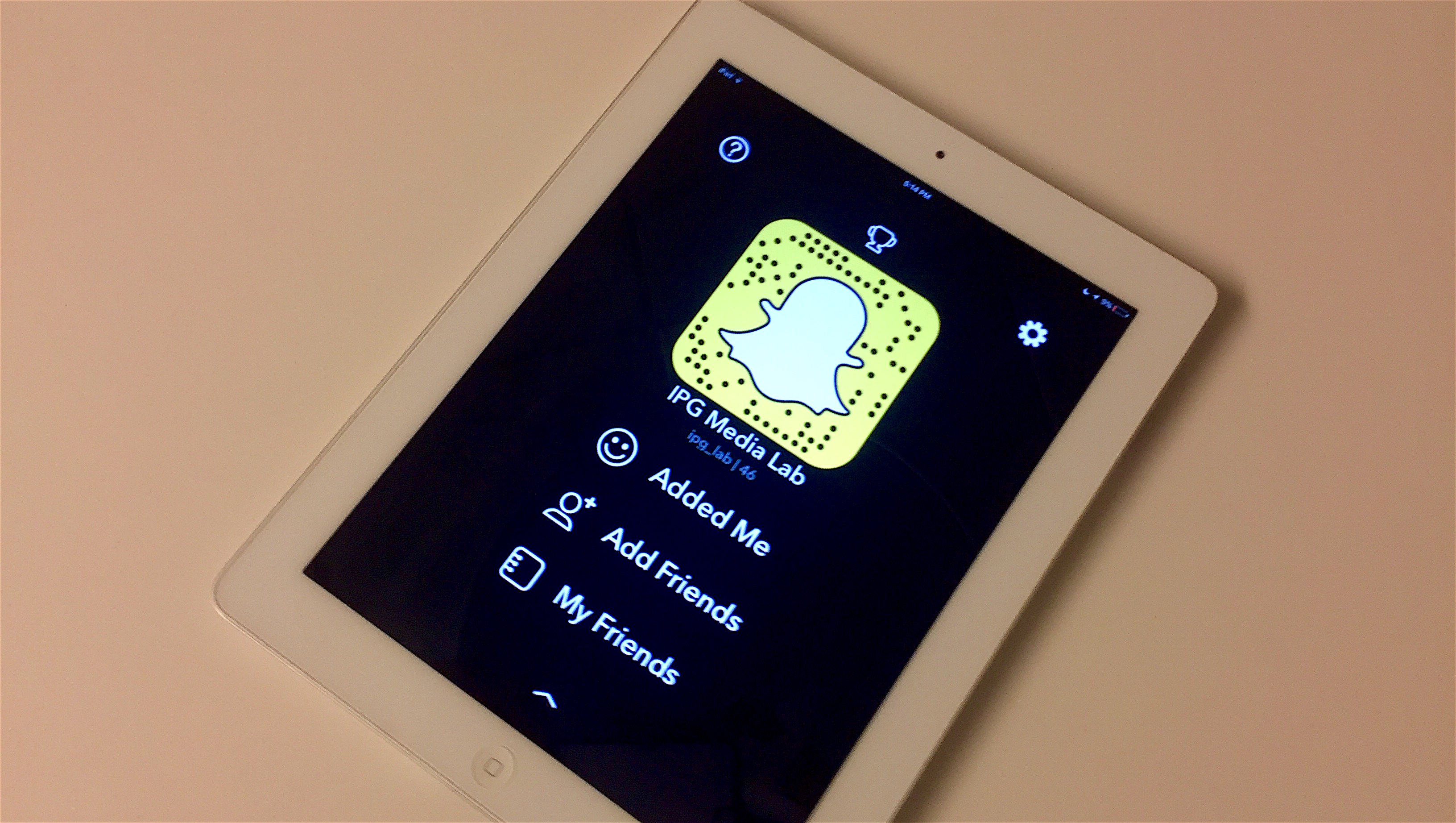What’s Happening
Facebook’s annual developer conference F8 will take place this Tuesday and Wednesday in San Jose, where the company is expected to announce updates and lay out its plan for some of its key initiatives such as messaging, artificial intelligence, and live video. This year’s event will kick off with a keynote from CEO Mark Zuckerberg on Tuesday morning, and will presumably cover most of those key areas as before, possibly with some additional discussions on Facebook’s role in combating fake news and promoting global connectivity.
At the F8 event last year, Facebook launched its bot platform for Messenger, demoed a more “social” virtual reality with Oculus, and rolled out a 360-degree video camera, and we expect to see updates in all three areas this year as well. In fact, Facebook has already unveiled several things that will be covered at this year’s event, including bots for Messenger groups, offline Instagram, and a new Camera Effects Platform allowing developers to create more features for the Facebook camera, both in its flagship app and Messenger.
What Brands Need To Do
Facebook and its various properties and apps are still unparalleled in their global reach and utterly dominating in terms of mobile time spent. Facebook Messenger just passed over 1.2 billion monthly active users this week. Its aggressive cloning of Snapchat’s features has apparently started to pay off, with its Instagram Stories surpassing Snapchat in monthly active user earlier this month. The new Camera Effects platform also hints at Facebook’s ambition in pushing deeper into selfie lenses and other mobile AR features. Moreover, Facebook Live also presents a strong area of media growth, as the company announced earlier this month that live video now account for 20% of video on the platform, with the number of broadcasts grown more than four times over the last year.
This year, the Lab has a special team attending F8 to bring us the latest announcements. You can follow us on Twitter @ipglab for live updates. Also, remember to check back for our in-depth take on Facebook’s new products and services and how they would impact the future of brand marketing.
Source: TechCrunch

